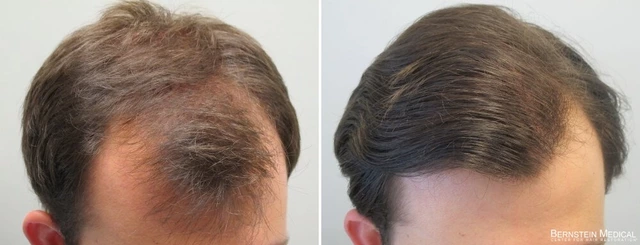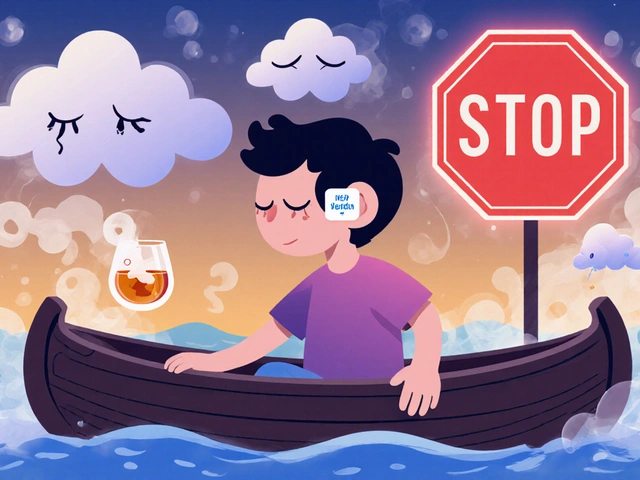Where and How to Buy Meclizine Safely Online: Step-by-Step Guide
August 10 2025Skin Conditions: What’s Happening and How to Fix It
Ever wake up, look in the mirror, and wonder why your skin decided to act up? You’re not alone. From stubborn acne to itchy eczema, skin problems affect almost everyone at some point. The good news is that most issues have a clear cause and a straightforward fix, and you don’t always need a pricey dermatologist visit.
First, think of your skin as a big, busy barrier. It reacts to hormones, stress, diet, weather, and even the soaps you use. When one of these triggers goes off, you might see redness, bumps, or patches. Knowing the trigger helps you choose the right treatment fast.
Top Over‑the‑Counter Remedies
Acne usually pops up because of excess oil and clogged pores. A gentle cleanser with salicylic acid, followed by a benzoyl‑peroxide spot treatment, works for most mild cases. If you’ve tried those and still break out, a topical retinoid can speed up cell turnover.
Eczema (atopic dermatitis) thrives on dry skin and irritants. Look for a fragrance‑free moisturizer that contains ceramides and apply it right after you shower while your skin is still damp. Over‑the‑counter 1% hydrocortisone cream can calm flare‑ups, but keep it short‑term to avoid thinning the skin.
Psoriasis shows up as thick, scaly patches. Coal‑tar shampoos or creams with salicylic acid can soften the scales. For more stubborn patches, an OTC product with calcipotriene (a vitamin D analog) may help reduce thickness.
Rosacea reacts to heat, spicy foods, and alcohol. A mild cleanser and a moisturizer with niacinamide can soothe redness. If you need a faster fix, look for an OTC gel with azelaic acid.
Hyperpigmentation (dark spots) often follows acne or sun damage. A daily sunscreen is the single most important step. Pair it with a product that contains vitamin C or a low concentration of hydroquinone for faster fading.
Buying Skin Meds Safely Online
When you’ve identified the right ingredient, buying it online can save time and money. Here’s a quick checklist to keep your purchase safe:
- Check the pharmacy’s credentials. Look for a valid pharmacy license on the site and a certification from a reputable watchdog like CIPA or PharmacyChecker.
- Require a prescription for stronger meds. Anything stronger than 1% hydrocortisone, retinoids, or prescription‑strength antibiotics should come with a legit prescription.
- Read the privacy policy. A trustworthy site will clearly explain how it protects your health data.
- Compare prices. Use a price‑comparison tool to avoid overpaying. Many reputable sites also offer discounts for first‑time buyers.
- Look for customer reviews. Real‑world feedback can tell you if the pharmacy ships on time and if the meds are genuine.
Once you’ve found a reliable store, add the product to your cart, double‑check the dosage, and make sure the shipping address is correct. Most reputable pharmacies will send a tracking number so you know when to expect your package.
Remember, the skin is an organ that reflects the whole body. If you’ve tried OTC fixes for a month with no improvement, it’s a sign to see a dermatologist. They can prescribe stronger treatments, run tests for underlying conditions, and give you a personalized plan.
In the meantime, keep your routine simple: clean gently, moisturize daily, protect with sunscreen, and stay aware of what triggers your flare‑ups. With the right over‑the‑counter products and a safe online pharmacy, you’ll have clearer, calmer skin in no time.
 1 Sep
1 Sep
Skin Chafing vs Skin Conditions: How to Tell the Difference and Treat It Fast
Not sure if it’s chafing or a skin condition? Clear signs, quick checks, treatments, and red flags. Practical, evidence-backed guide to feel better fast.
Read More...




